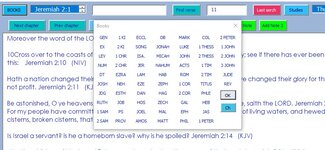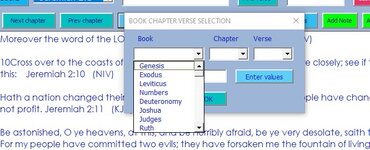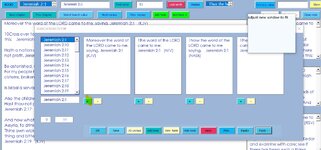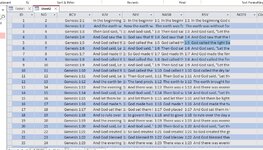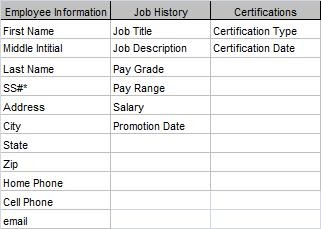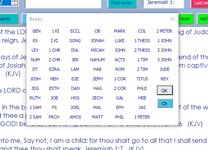I have a fully developed Excel application I wrote in VBA. I am of the mindset that while it works great, it could look better
and have much more functionality. The limited controls in the VBA toolbox don't offer me much in enhancing this app
to look and run more effieciently.
Before I embark on a learning curve with Visual Studio, I'd like for someone knowledgeable in both to tell me if it's worth
the time. What do I want to accomplish ? Simply to make the GUI look better. To me, looks are everything in an app.
Nearly the entire toolbox objects that Excel has - Userforms, buttons, textboxes, etc., seem archaic and dated.
I want a better looking userform, a better looking button, and built in Navigation control arrows, etc. The little I've read
in the Visual Studio tutorials imply that I need to learn C# and maybe other things to have the sharp looking professional
application interface I want.
A small example is the replacement of a combobox in Excel with a table of predefined choices that presents the user with a
table choice menu, that he/she only has to click on a selected item and code that performs an action is immediately
run. I know how to do this now with labels or small buttons. It just does not seem like an efficient way to do things since
each button or label will have different code to do different things.
Unless my knowledge of comboboxes and listboxes is limited, In a multicolumn combobox or listbox a user is forced
to select the entire row and only the first item is activated in the row, vs individual items in the multicolumn list.
So, why not have a built-in control that offers a programmer a TABLE choice rather than a long drop down list ?
Images below explain what I would like and don't like.
Need advice. Should I forget trying to develop this app in VS and stay with enhancing it in Excel/VBA ? - OR - can I use what I have already
developed in Excel and somehow PORT (for lack of a better term) the entire application over to VIsual Studio? The Excel app has three
sheets and about 20 userforms and button controls.
Thank you very much anyone for providing any guidance, opinions and/or comments on this.
cr
and have much more functionality. The limited controls in the VBA toolbox don't offer me much in enhancing this app
to look and run more effieciently.
Before I embark on a learning curve with Visual Studio, I'd like for someone knowledgeable in both to tell me if it's worth
the time. What do I want to accomplish ? Simply to make the GUI look better. To me, looks are everything in an app.
Nearly the entire toolbox objects that Excel has - Userforms, buttons, textboxes, etc., seem archaic and dated.
I want a better looking userform, a better looking button, and built in Navigation control arrows, etc. The little I've read
in the Visual Studio tutorials imply that I need to learn C# and maybe other things to have the sharp looking professional
application interface I want.
A small example is the replacement of a combobox in Excel with a table of predefined choices that presents the user with a
table choice menu, that he/she only has to click on a selected item and code that performs an action is immediately
run. I know how to do this now with labels or small buttons. It just does not seem like an efficient way to do things since
each button or label will have different code to do different things.
Unless my knowledge of comboboxes and listboxes is limited, In a multicolumn combobox or listbox a user is forced
to select the entire row and only the first item is activated in the row, vs individual items in the multicolumn list.
So, why not have a built-in control that offers a programmer a TABLE choice rather than a long drop down list ?
Images below explain what I would like and don't like.
Need advice. Should I forget trying to develop this app in VS and stay with enhancing it in Excel/VBA ? - OR - can I use what I have already
developed in Excel and somehow PORT (for lack of a better term) the entire application over to VIsual Studio? The Excel app has three
sheets and about 20 userforms and button controls.
Thank you very much anyone for providing any guidance, opinions and/or comments on this.
cr

